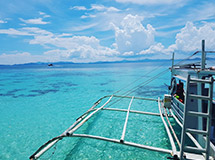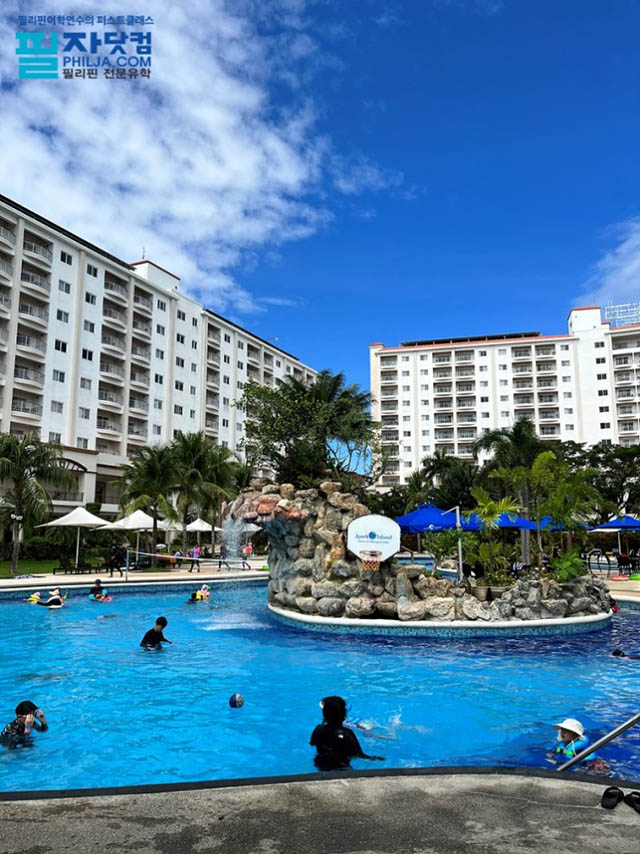
-
МјРЇСІИёСЖШИМі
-
 Malacañang Palace-Official Residence of the Pres
Malacañang Palace-Official Residence of the Pres 138,933
138,933 -
 Amana Water Park
Amana Water Park 115,446
115,446 -
 IFUGAO TRIBE
IFUGAO TRIBE 109,425
109,425 -
 Santacruzan-The Queen of all Filipino Festivals109,325
Santacruzan-The Queen of all Filipino Festivals109,325 -
 Water Refilling Station: an alternative source of drink107,373
Water Refilling Station: an alternative source of drink107,373 -
 LAMBANOG-THE POOR MAN\'S DRINK104,565
LAMBANOG-THE POOR MAN\'S DRINK104,565 -
 Christmas Parol [lantern in English]104,398
Christmas Parol [lantern in English]104,398 -
 HANGING RICE97,110
HANGING RICE97,110 -
 Taoist Temple94,029
Taoist Temple94,029 -
 Corn Fields in the Philippines90,508
Corn Fields in the Philippines90,508
Dried Fish In The Philippines


Fresh fish rapidly deteriorates unless some way can be found to preserve it. Drying is a method of food preservation that works by removing water from the food, which inhibits the growth of microorganisms. Open air drying using
sun and wind has been practiced since ancient times to preserve food.[1] Water is usually removed by evaporation (air drying, sun drying, smoking or wind drying) but, in the case of freeze-drying, food is first frozen and then the
water is removed by sublimation. Bacteria, yeasts and molds need the water in the food to grow, and drying
effectively prevents them from surviving in the food.
Fish are preserved through such traditional methods as drying, smoking and salting.[2] The oldest traditional way of preserving fish was to let the wind and sun dry it. Drying food is the world's oldest known preservation method,
and dried fish has a storage life of several years. The method is cheap and effective in suitable climates; the
work can be done by the fisherman and family, and the resulting product is easily transported to market.



History
Salt cod has been produced for at least 500 years, since the time of the European discoveries of the New World.
Before refrigeration, there was a need to preserve the codfish; drying and salting are ancient techniques to
preserve nutrients and the process makes the codfish tastier.
The Portuguese tried to use this method of drying and salting on several varieties of fish from their waters,
but the ideal fish came from much further north. With the "discovery" of Newfoundland in 1497, long after the
Basquewhalers arrived in Channel-Port aux Basques, they started fishing its cod-rich Grand Banks. Thus,
bacalhau became a staple of the Portuguese cuisine, nicknamed Fiel amigo (faithful friend). From the 18th
century, the town of Kristiansund in Norway became an important place of purchasing bacalhau or klippfisk
(literally "cliff fish", since the fish was dried on stone cliffs by the sea to begin with.) Since the method was
introduced by the Dutchman Jappe Ippes in abt 1690, the town had produced klippfisk and when the Spanish
merchants arrived, it became a big industry. The bacalhau or bacalao dish is sometimes said to originate from
Kristiansund, where it was introduced by the Spanish and Portuguese fish buyers and became very popular.
Bacalao was common everyday food in north west Norway to this day, as it was cheap to make. In later years
it is more eaten at special occasions.
This dish was also popular in Portugal and other Roman Catholic countries, because of the many days
(Fridays, Lent, and other festivals) on which the Church forbade the eating of meat. Bacalhau dishes
were eaten instead.
''Process Of Drying''
Drying is a mass transfer process consisting of the removal of water or another solvent[1] by evaporation from a solid, semi-solid or liquid. This process is often used as a final production step before selling or packaging products.
Tuyo is a tagalog word meaning dried. The process of salting and drying preserves the fish that can be stored for months. Salted fish drying is seasonally done for six months, pertaining to the summer
season when there is only little amount of rain and the producers have ample time to dry and preserve the fish.
Salted Dried Fish (Tuyo)
Ingredients:
60 kg Fresh Tunsoy fish
6.5 kg salt (for every 60 kls. of fish)
5. gallons Water
Materials:
Strainer Bowl, Cutting Board, Knife, Big Basins, Brining Container, Wire screen mesh (12 meters,
cut in half)
Procedure:
1. Thoroughly wash the Tunsoy fish with clean and fresh water. Place in a strainer for 20 minutes to drain.
2. Prepare the brine solution (i.e., mixture of water and salt). For a 60-kg fresh fish, use 6.5 kls. of salt and 5 gallons of water.
3. Soak the fish in the brine solution for three hours.
4. Transfer the fish into a strainer to drain.
5. Rinse the fish thoroughly under running water to wash off excess salt.
6. Place brined fish in a single layer on a 6-m. wire screen mesh.
7. Cover the fish with the other half of the wire screen to protect it from flies and dust.
8. Dry under the sun for two to three days depending on the size of the fish. It is advisable to dry the fish under the sun for three to four hours in the morning and air dry in room temperature to prevent rapid rate of drying.
9. Turn the fish over every hour or two for even drying. A well-dried fish is light in weight and the meat is tender.
10. Weigh, pack, seal, and store the fish at room temperature.
Assumptions:
- Salted fish drying is done for 22 days/month.
- 60-kg. fish produces 40-kg. of salted dried fish.






- ЁЄSalapan Festival
- ЁЄEmpanada Festival (Batac City)
- ЁЄPADUL-ONG FESTIVAL
- ЁЄKaumahan Festival in Barili
- ЁЄKAGASANGAN FESTIVAL
- ЁЄLalin Festival in Asturias
- ЁЄTinabuay Festival
- ЁЄGayon Bicol Festival
- ЁЄPINYASAN FESTIVAL in CAMARINES
- ЁЄMAGAYON FESTIVAL
- ЁЄBANAUAN FESTIVAL (BARANGAY.GUA
- ЁЄThe Tuna Festival in Gensan
- ЁЄPINTOS FESTIVAL BOGO CITY, CEB
- ЁЄPanaad sa Negros
- ЁЄPasalamat Festival



- ЁЄCEBU WESTOWN LAGOON
- ЁЄGREEN LAGOON, COMPOSTELA
- ЁЄCALLAO CAVE
- ЁЄMOUNT PINATUBO IN PHILIPPINES
- ЁЄBATAN ISLAND in Batanes.
- ЁЄCALAGUAS ISLAND, CAMARINES NOR
- ЁЄAGHO ISLAND
- ЁЄCARAMOAN ISLAND IN CAMARINES S
- ЁЄSAMBAWAN ISLAND
- ЁЄPLACES TO VISIT IN LANAO DEL N
- ЁЄPLACES TO VISIT IN ZAMBOANGA C
- ЁЄPlaces to visit in Rizal Provi
- ЁЄHISTORIC TOWN OF VIGAN CITY, I
- ЁЄCAMBUGAHAY FALLS, SIQUIJOR ISL
- ЁЄTINUY-AN FALLS in BISLIG CITY,













 ЧЪРкДхФФ ОпАЃЛѓДу ПРЧТ
ЧЪРкДхФФ ОпАЃЛѓДу ПРЧТ 11ГтПЌМг МвКёРкИИСЗ 1РЇ
11ГтПЌМг МвКёРкИИСЗ 1РЇ
 ГЛАд ИТДТ ОюЧаПј УЃБт
ГЛАд ИТДТ ОюЧаПј УЃБт
 ИЎОѓ ЧаБГ ЙцЙЎБт
ИЎОѓ ЧаБГ ЙцЙЎБт
 СжИЛПЁ ГЛАЁ ОЕ КёПыРК?
СжИЛПЁ ГЛАЁ ОЕ КёПыРК? УжАэАЁМККё РЬКЅЦЎ СёБтБт
УжАэАЁМККё РЬКЅЦЎ СёБтБт
 ЧіСіПЁМЕЕ ЧЪРкДхФФ!
ЧіСіПЁМЕЕ ЧЪРкДхФФ! ЧіСіПЁМ АЁДЩЧб
ЧіСіПЁМ АЁДЩЧб









 ЧЪРк ЦЏБо Ч§ХУ! ФСНУОюСі МКёНК
ЧЪРк ЦЏБо Ч§ХУ! ФСНУОюСі МКёНК



 АЁСЗПЌМіЗЮ ДйЧдАд ОзЦМКёЦМ
АЁСЗПЌМіЗЮ ДйЧдАд ОзЦМКёЦМ





























